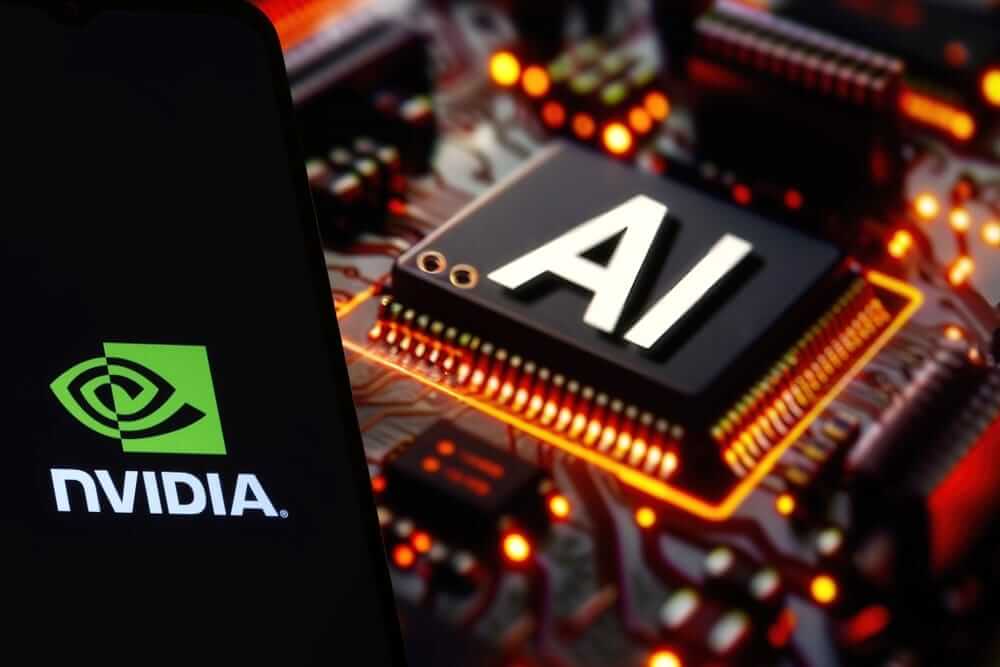Nvidia (NVDA) released its fiscal Q2 2026 earnings yesterday, Aug. 27, after the markets closed. The overall earnings were better-than-expected, not that the market expected a different outcome from the chip designing giant’s report. However, as has been the case on more than one occasion over the last few quarters, NVDA stock is slipping despite beating consensus estimates. In this article, we’ll look at the key takeaways from Nvidia’s report and examine whether it makes sense to buy the dip in the stock.
Nvidia reported revenues of $46.74 billion in its fiscal second quarter, up 56% year-over-year, and ahead of the company’s guidance as well as consensus estimates. It was the ninth consecutive quarter in which the company’s revenues rose by over 50% annually. While last quarter’s growth was the lowest among these quarters, it occurred at a time when the company was unable to ship its H20 chips to China.
Meanwhile, while Nvidia’s overall revenues came in ahead of estimates, its data center segment, which is now its biggest segment by a big margin, fell slightly short of estimates. The company guided for revenues of $54 billion at the midpoint for the fiscal third quarter, which was higher than the $53.1 billion that analysts were expecting. Importantly, the guidance does not assume any H20 sales to China in the current quarter, while some China revenues might have been built into analysts’ estimates.
Nvidia’s adjusted earnings per share of $1.05 also came in ahead of the $0.94 that analysts were modeling, and the company predicted an expansion of its gross margins in the current quarter.
Here are the other key takeaways from Nvidia’s Q2 earnings.
China was expectedly the focus during Nvidia’s fiscal Q2 earnings call since the company was barred from exporting the H20 chip to the country in the quarter. While the U.S. government has since allowed exports to resume, pending a revenue-share deal, there is still a lot of uncertainty over the company’s China business. CFO Colette Kress said that Nvidia is “still waiting on several of the geopolitical issues going back and forth between the [U.S. and Chinese] governments and the companies trying to determine their purchases and what they want to do.” Nvidia said that it could ship H20 chips worth between $2 billion-$5 billion this quarter in China, subject to regulatory clearances. However, it added that it could ship more if there is higher interest from Chinese customers or if more licenses are issued by the U.S. government.
Story Continues

